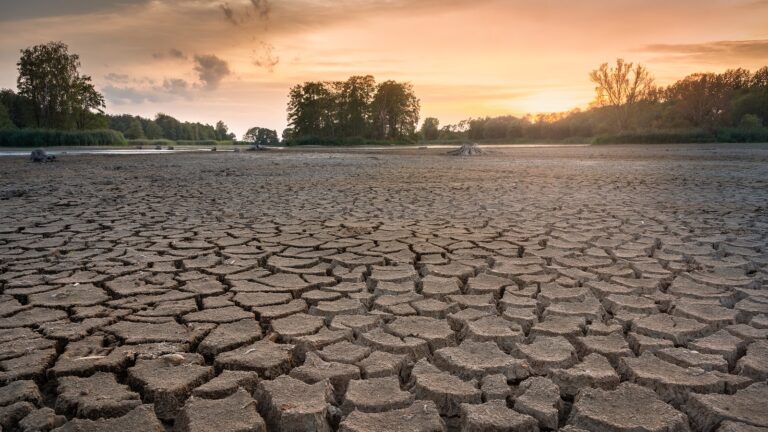
While soft-drink producers are making their sodas cheaper than ever, San Cristóbal in Mexico is running out of water. Photo: Pixabay.
Av: Kansliet
Runt 12 procent av världens population använder 85 procent av planetens vatten och runt 1.1 miljarder människor lever idag utan tillgång till rent vatten. FUF-Lunds nya nummer "Water and Development" belyser detta viktiga ämne, med texter från Kina, Uzbekistan, Tajikistan, Sri Lanka, Jordan, USA och Iran.
17 juni, 2019, Nyhet

While soft-drink producers are making their sodas cheaper than ever, San Cristóbal in Mexico is running out of water. Photo: Pixabay.
Av: Fredrik Björksten
In the mountains of southern Mexico lies the city of San Cristóbal with around 170,000 inhabitants. Located in one of the rainiest regions in the country, you might be surprised to learn that many neighbourhoods in San Cristóbal only has running water two days a week. Luckily for the people, however, there’s a local bottling […]
Läs mer »
17 juni, 2019, Editorial, English, Magazine
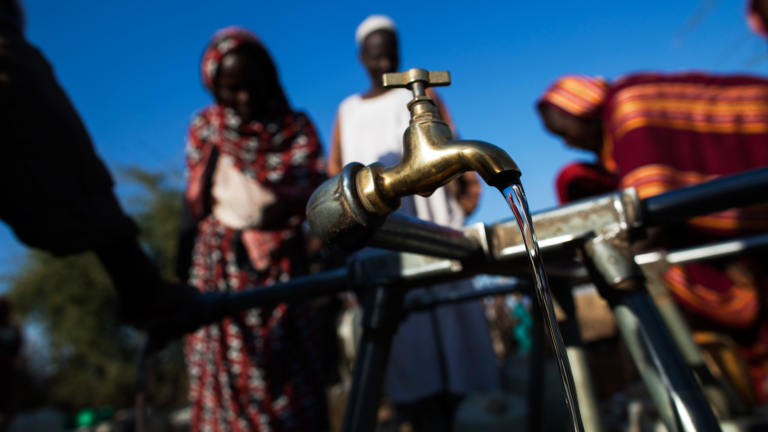
Should the access to water be privatised or should it be free for everyone? Photo: United Nations Photo/Flickr.
Av: Kathrin Hegger
The supply of water, our most essential natural resource, will face shortages in the coming decades. Water was declared a human right by the UN in 2010. Therefore its accessibility should be ensured. In which way this will be done remains disputed.
17 juni, 2019, English, Magazine, Opinion
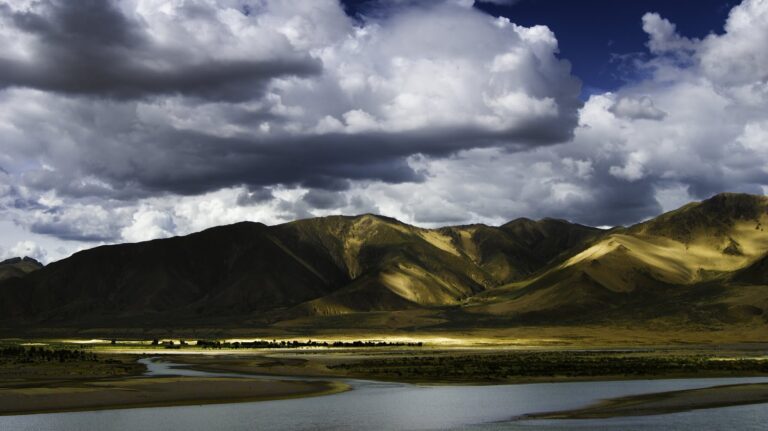
The Yarlung Tsangpo river in Tibet, which is also known as Brahmaputra Photo: He Mou, Flickr.
Av: Hanna Geschewski
China, source to some of the world’s largest rivers, has pushed for the construction of dams along its river systems at an unprecedented pace. But what does this concentration of power over water resources mean for neighbouring countries?
17 juni, 2019, Article, English, Magazine
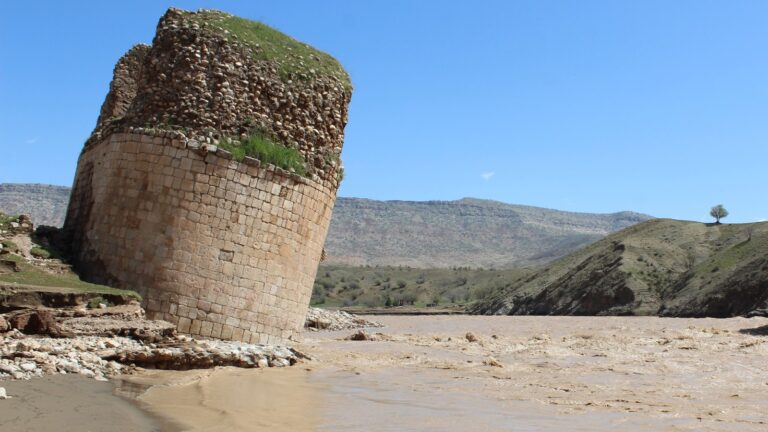
The historic Kashkan bridge was damaged in the recent flood. Photo: Ali Mostafanezhad.
Av: Seyyed Hasan Hosseini
Heavy rainfall and flooding in late March and early April 2019 affected millions of people in Iran, caused deaths, displacement and catastrophic damage to the infrastructure. This is happening while the country has long suffered from frequent droughts and adaptive management practices are not in place to deal with such fluctuations.
17 juni, 2019, English, Guest piece, Magazine
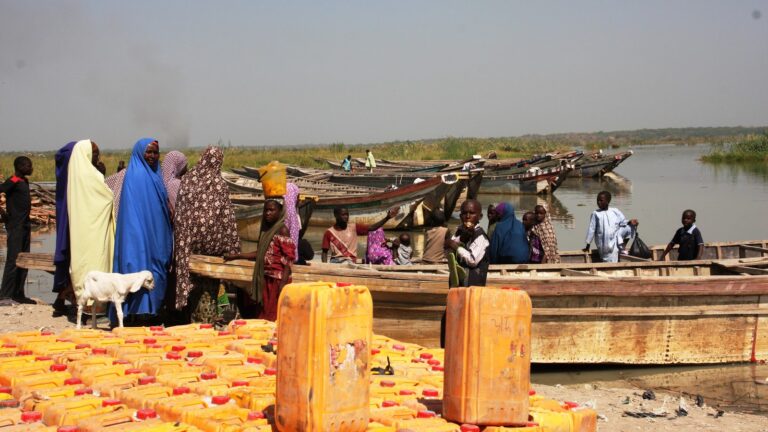
The overlapping causes of Lake Chad’s humanitarian crisis pose a big challenge to the international community. Photo: EC/ECHO/Anouk Delafortrie, Flickr.
Av: Johanna Caminati Engström
As Boko Haram keeps making the news headlines and with 10.7 million people in urgent need of humanitarian assistance, the crisis in the Lake Chad basin is alarming. Drought, climate change, corrupt governance and religious extremism are only some of the overlapping challenges that the international community faces.
17 juni, 2019, Article, English, Magazine
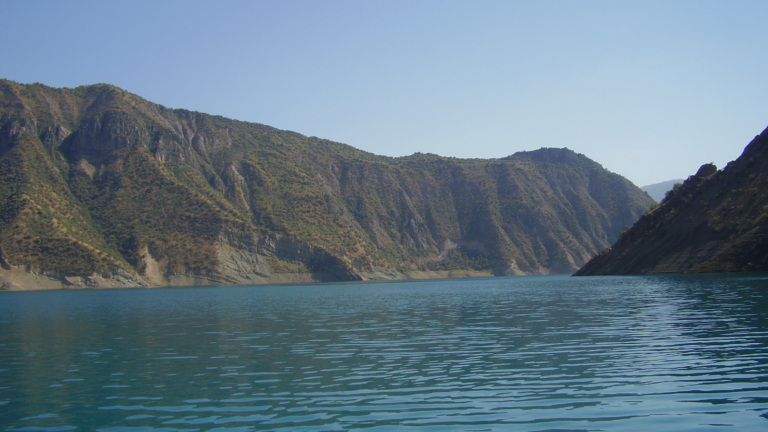
Vakhsh River, Tajikistan. Photo: Wikimedia
Av: Jonathan Wirths och Tessa Stockburger
Water has often been a central topic in the relations between the five former Soviet Republics - Kazakhstan, Kyrgyzstan, Tajikistan, Turkmenistan and Uzbekistan. The current construction of Rogun Dam on Vakhsh River in Tajikistan illustrates how the demand for water can become the source of various conflicts.
17 juni, 2019, English, Long read, Magazine

Algae blooms occur when the water is polluted with excessive nutrients. Photo: F. Lamiot/Flickr.
Av: Carolina Yang
Agriculture today feeds off the world’s dwindling freshwater resources, yet is a major polluter to the oceans. Dead zone in the Gulf of Mexico is the toxic cultivation from industrial agriculture, choking much of the marine life. The integrated effort in food production and diet could allow the ocean to breathe again.
17 juni, 2019, Article, English, Magazine
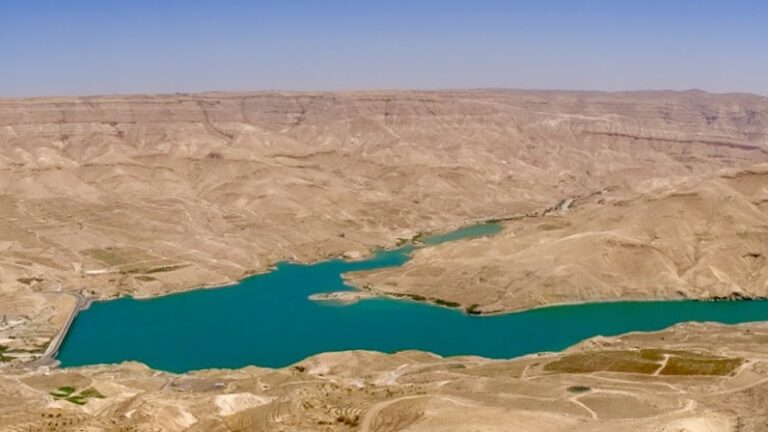
Mujib Dam, holds 35 million cubic metres of water. It primarily supplies Amman, helping to ease a very stressed national water supply. Photo: Leonardo/Flickr.
Av: Siobhán Coskeran
While Jordan’s population is increasing, its water resources are more scarce than ever. Jordan is one of the most water-poor countries in the world. Geographical disadvantages are partly to blame; its climate is one of the driest in the world, receiving just 200 millimetres of rainfall per year. Added to this, climate change is reducing […]
Läs mer »
17 juni, 2019, English, Magazine, News article
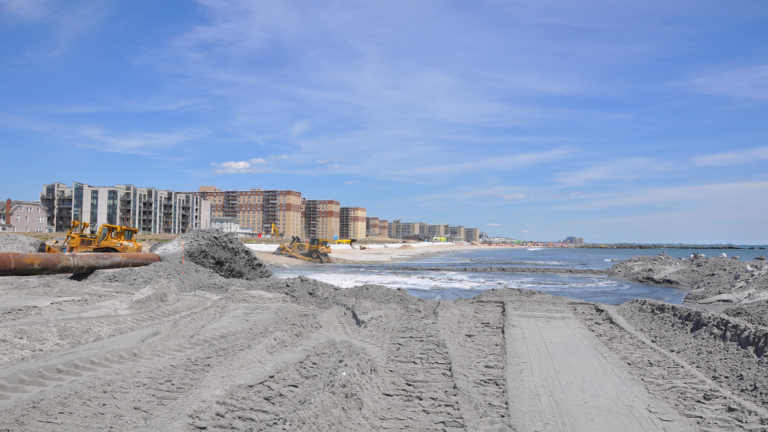
Extracting sand for building material affects ecosystems and causes islands to erode and disappear. Photo: USACE NY, Flickr.
Av: Aida Esmailzadeh Davani och Erika Alm
Selling sand in the desert is an old proverb to describe a skilled salesman. However, the definition may need to be reevaluated. Sand used in construction is becoming a rare and precious resource and the high demand is causing problems for ecosystems and humans alike.
17 juni, 2019, Article, English, Magazine

